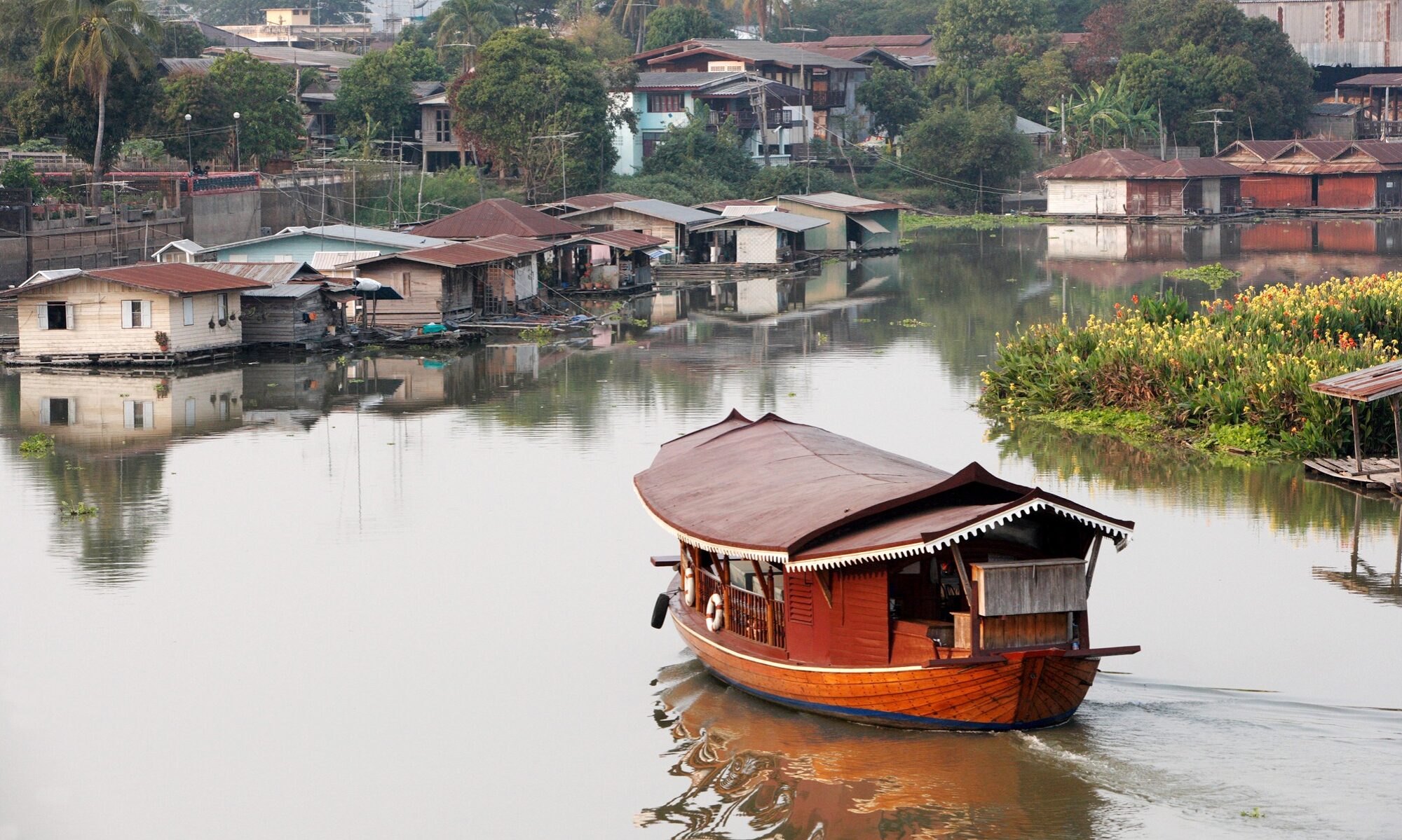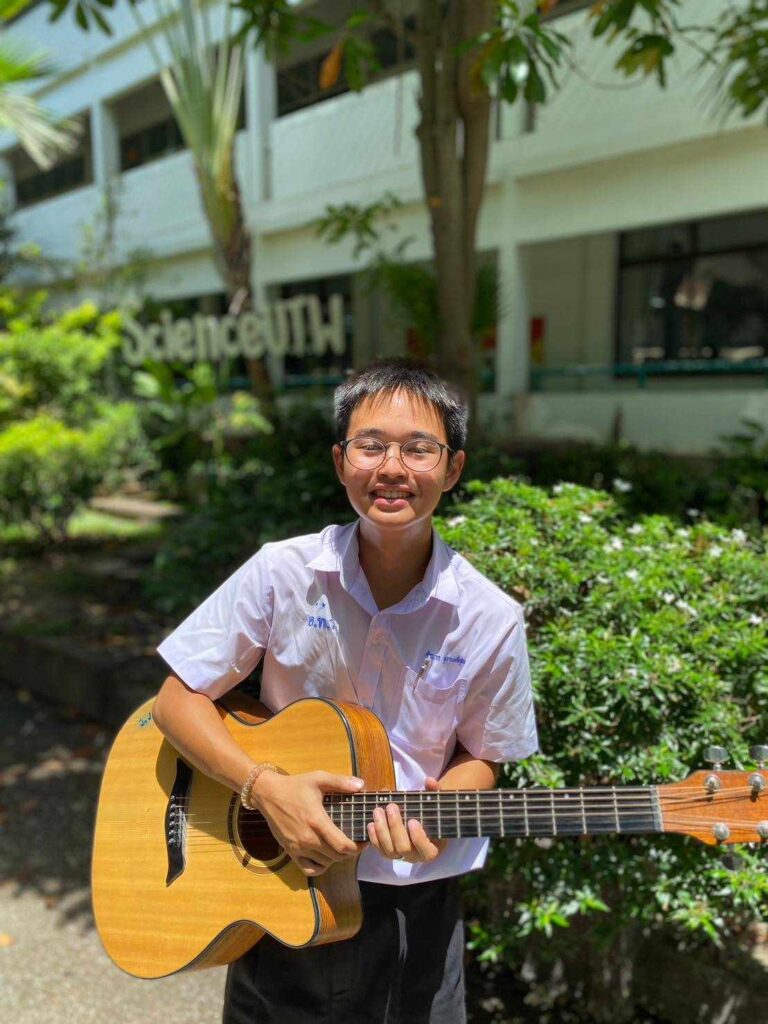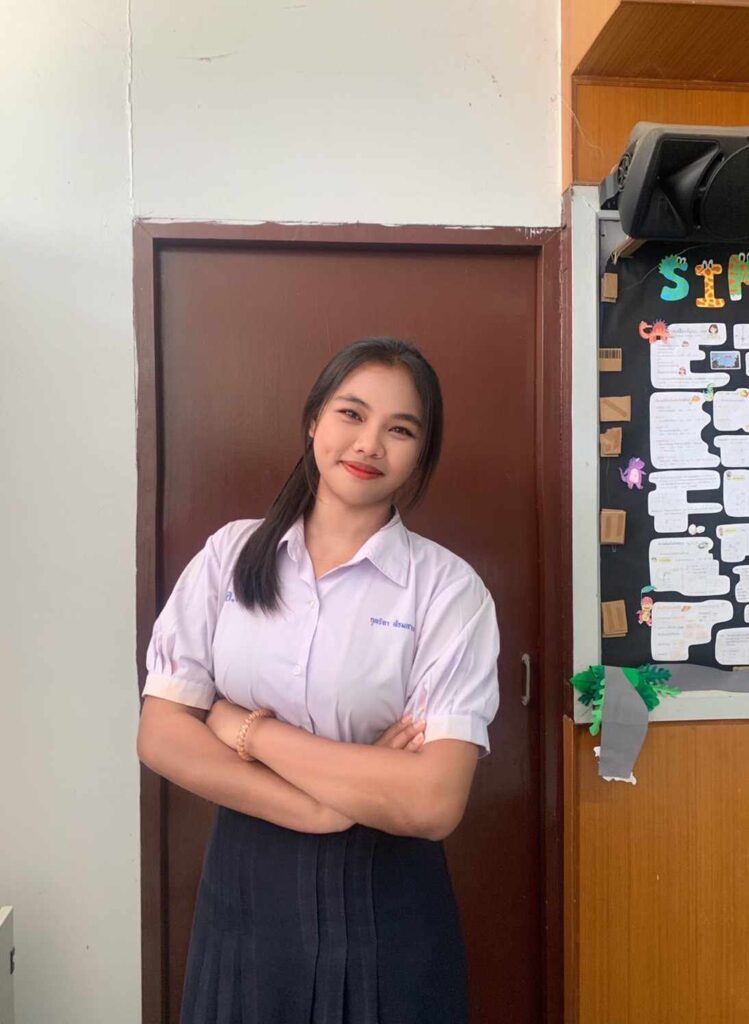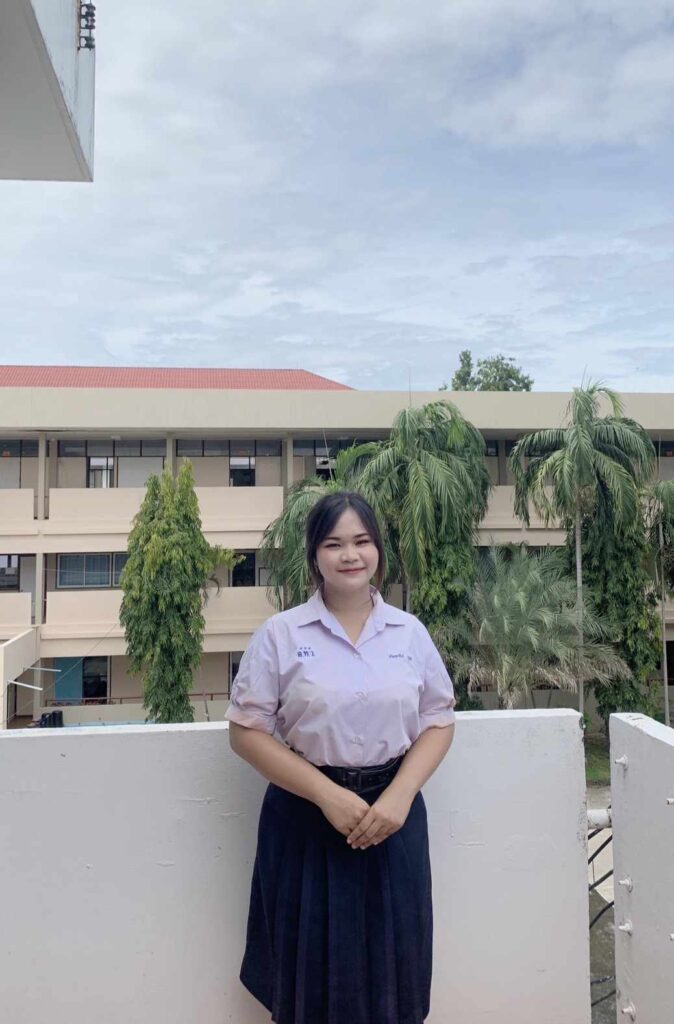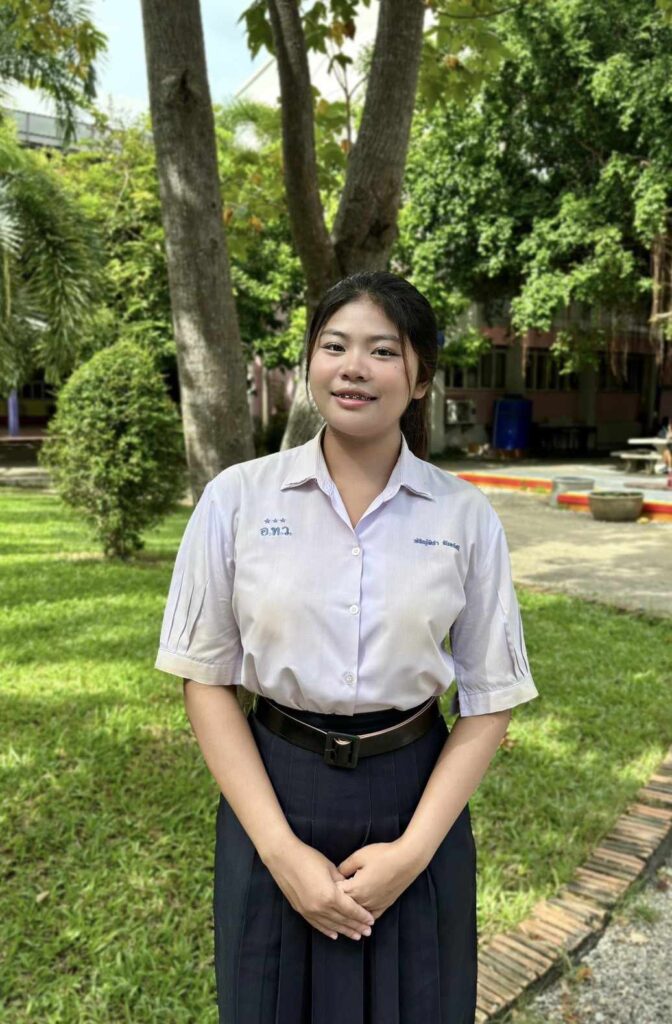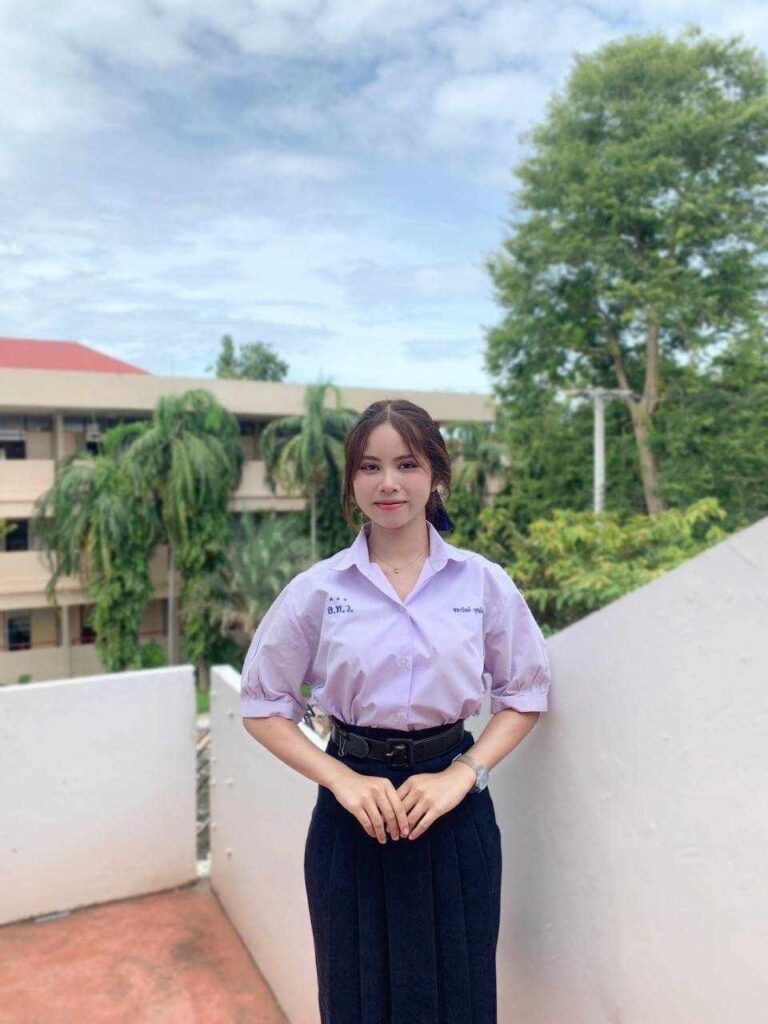History/ประวัติความเป็นมา
The Sakae Krang River derives its name from a village located along its banks, where the Sakae trees grow densely. The river originates from the mountain ranges in Kamphaeng Phet Province, flows through Nakhon Sawan to Uthai Thani, and merges with the Chao Phraya River at Tha Sung Subdistrict, Mueang District, Uthai Thani Province. It stretches for approximately 225 kilometers, sustaining the livelihoods of the people, especially the houseboat residents whose way of life is closely tied to the river. King Chulalongkorn (Rama V) once visited the markets and temples in Uthai Thani in 1901, traveling by steamship into the Sakae Krang Canal (River). He observed the houses and boats along the way. As of today, it has been 120 years since that royal visit.
ชาวชุมชนแพสะแกกรัง จะอาศัยอยู่บนแม่น้ำสะแกกรัง และใช้วิตอยู่ที่นี่ บางราย ใช้ชีวิตมามากกว่า 20 ปี ผู้คนจะเดินทางไปไหนมาไหนด้วยเรือ และในแม่น้ำนี้ก็มีบ้านเรือนแพอยู่ทอดเป็นแนวยาวมากมาย ส่วนใหญ่จะเป็นแพไม้ หลังคาไม่สูงมากนัก เพื่อป้องกันการต้านลม มีเลขที่บ้าน มีไฟฟ้า เหมือนบ้านบนบก และทุกแพไม่มีรั้วรอบขอบชิด ถึงแม้จะมีการแสดงอาณาเขตจากไม้ไผ่ที่ลอยอยู่ในน้ำ ดังนั้นเกือบทุกหลังจะเลี้ยงหมาเอาไว้ เพื่อเป็นสัญญาณเตือนภัยเมื่อมีคนเข้ามาใกล้แพ การใช้ชีวิตส่วนใหญ่อยู่ในแม่น้ำสะแกกรังจึงทำให้ เกือบทุกกิจกรรมของชาวแพต้องพึ่งพาแม่น้ำสายนี้อย่างหลีกเลี่ยงไม่ได้ น้ำในแม่น้ำสะแกกรังถูกนำมาใช้ประโยชน์ทั้งการอุปโภค เช่น น้ำอาบ ซักล้างเสื้อผ้าและภาชนะ หรือการบริโภคในการหุงหาอาหาร
